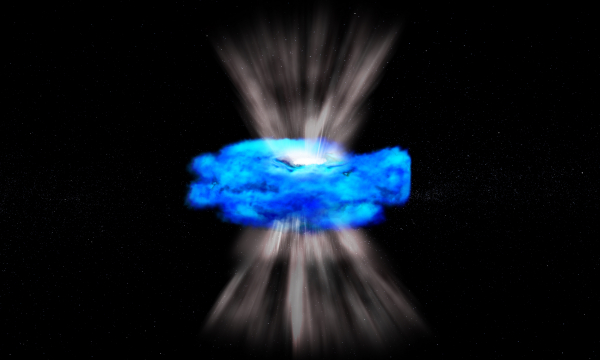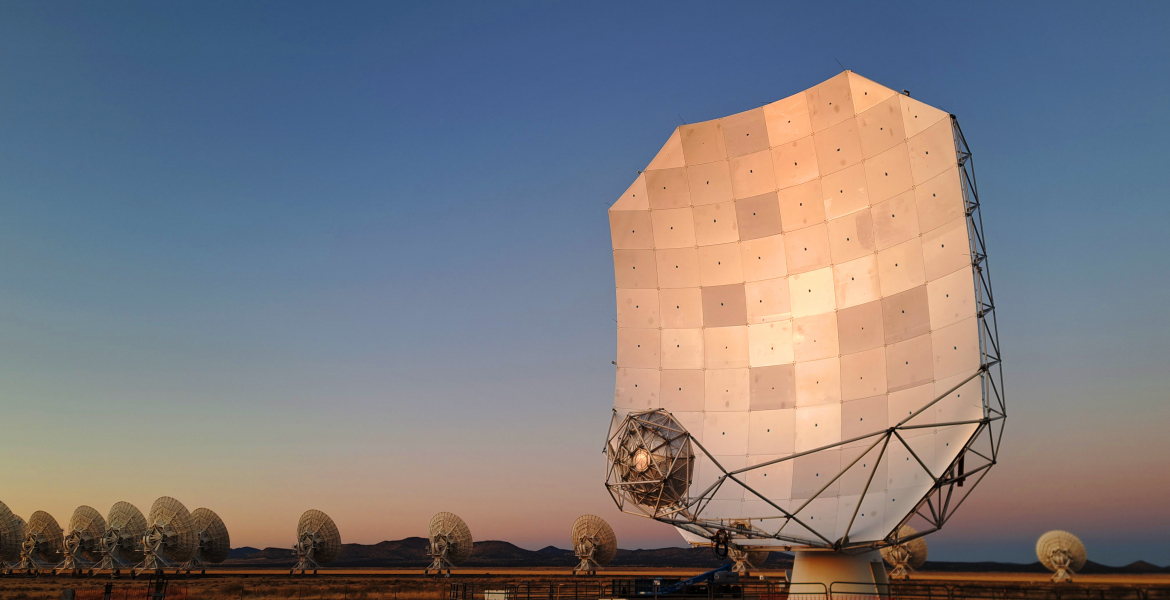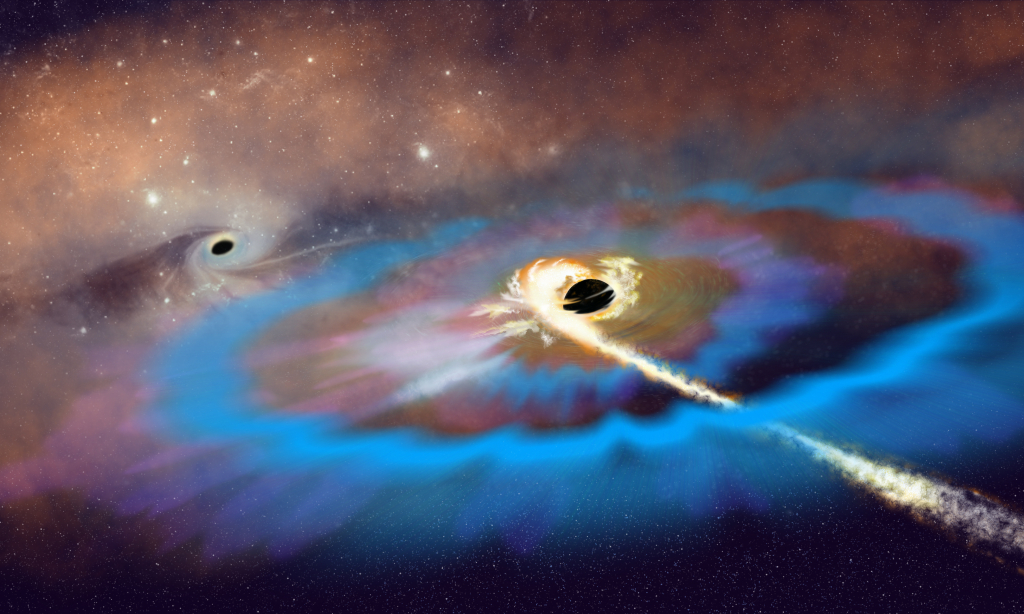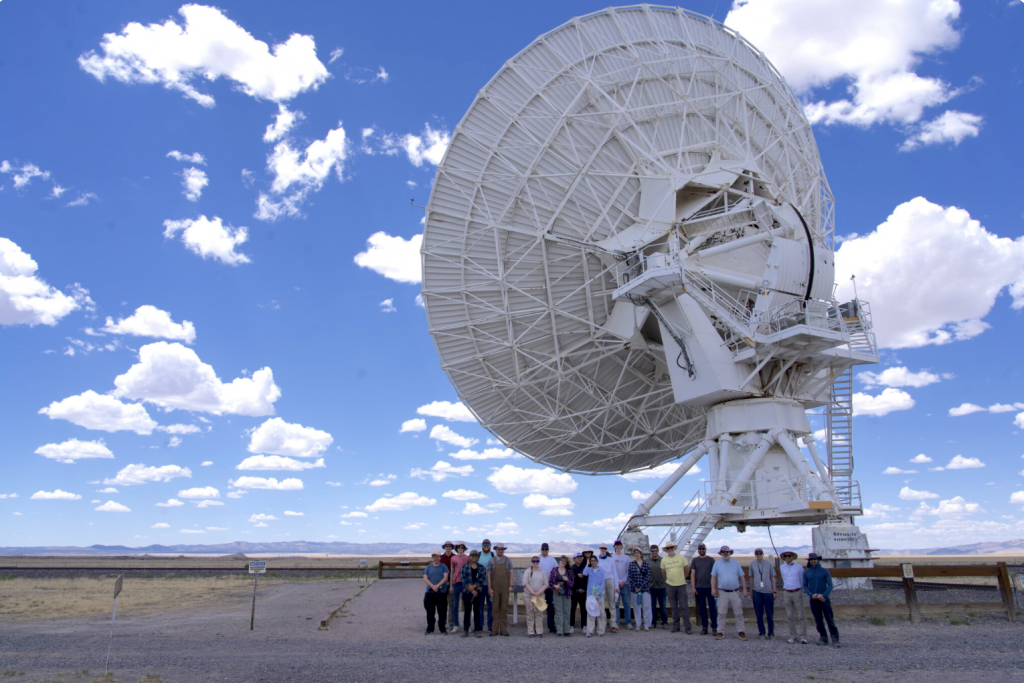Astronomers using the U.S. National Science Foundation Very Large Array have captured the first-ever radio signals from a rare class of stellar explosion known as a Type Ibn supernova.


Dec 15, 2025
Astronomers using the U.S. National Science Foundation Very Large Array have captured the first-ever radio signals from a rare class of stellar explosion known as a Type Ibn supernova.

Nov 14, 2025
The U.S. National Science Foundation National Radio Astronomy Observatory (NSF NRAO), in partnership with several leading Mexican universities and research institutes, has announced a series of landmark agreements and meetings aimed at advancing Mexico’s role in the Next Generation Very Large Array (ngVLA) project.

Oct 15, 2025
An international team of astronomers has discovered the first radio-bright tidal disruption event (TDE) occurring outside a galaxy’s center using the U.S. National Science Foundation National Radio Astronomy Observatory (NSF NRAO) Very Large Array (NSF VLA) and Atacama Large Millimeter/submillimeter Array (ALMA), along with several partner telescopes.

Sep 8, 2025
This week-long effort, conducted in July 2025, brought together researchers, students, and experts from across academia, government, and industry to study spectrum usage in the 7.125 to 7.4 GHz band.